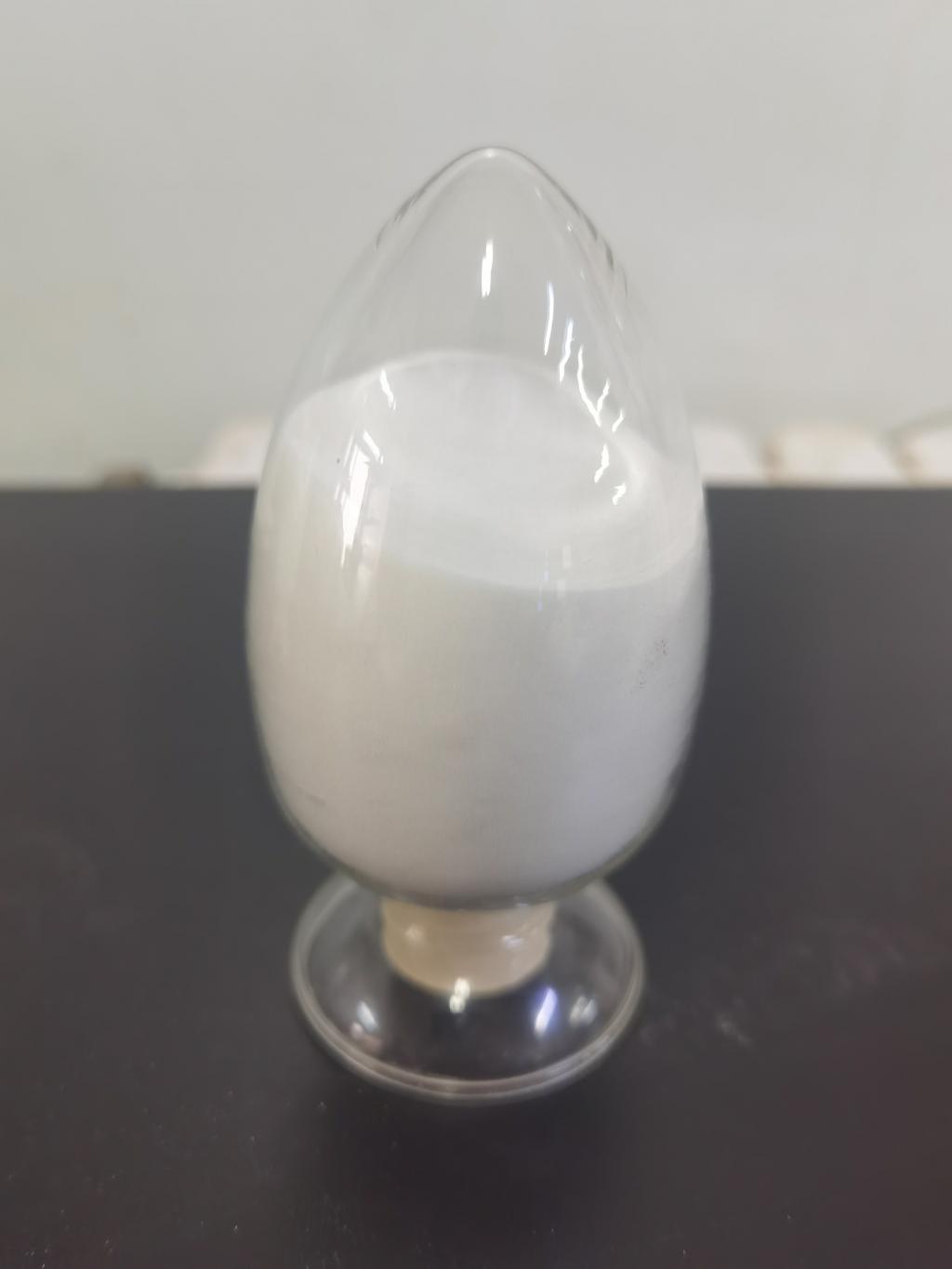Tel:+8618231198596

News
 CONTACT
CONTACT
 CONTACT
CONTACT
- Linkman:Linda Yao
- Tel: +8618231198596
- Email:linda.yao@dcpharma.cn
- Linkman:CHARLES.WANG
- Department:Overseas
- Tel: 0086 0311-85537378 0086 0311-85539701
News
Assessing the environmental impact of ε-Polylysine hydrochloride.
TIME:2024-04-23
Production Processes:
The environmental impact of preservatives begins with their production processes. Traditional preservatives, such as synthetic antioxidants and antimicrobial agents, often require extensive chemical synthesis processes involving petrochemical-derived raw materials and energy-intensive manufacturing processes. These processes may generate greenhouse gas emissions, chemical waste, and water pollution, contributing to environmental degradation.
In contrast, ε-PL is produced through fermentation processes using microbial strains, such as Streptomyces albulus, and natural substrates, such as glucose or molasses. Fermentation-based production is generally considered more environmentally friendly, as it relies on renewable resources and generates fewer waste products and emissions compared to chemical synthesis. Additionally, ε-PL production may have lower energy requirements and environmental footprint, further enhancing its sustainability credentials.
Usage and Disposal:
The environmental impact of preservatives also depends on their usage and disposal practices. Traditional preservatives may persist in the environment after disposal, potentially contaminating soil, waterways, and ecosystems. Moreover, some synthetic preservatives have been associated with adverse ecological effects, such as disrupting microbial communities or bioaccumulating in food chains.
In contrast, ε-PL is biodegradable and metabolizable, meaning it can be broken down by natural processes into harmless byproducts. After use, ε-PL is expected to degrade into its constituent amino acids, which are naturally occurring compounds in the environment and pose minimal risk to ecosystems. Furthermore, ε-PL's antimicrobial activity may contribute to reducing food waste by extending the shelf life of perishable products, thereby mitigating the environmental impact of food spoilage and disposal.
Biodegradability and Ecological Effects:
Biodegradability is a key determinant of the environmental impact of preservatives. Traditional preservatives may persist in the environment for extended periods, accumulating in soil, water, and organisms. This persistence can lead to ecological imbalances, such as reduced biodiversity or toxicity to non-target organisms.
ε-PL, being a natural polypeptide, is inherently biodegradable and readily degraded by microbial enzymes present in the environment. Studies have shown that ε-PL breaks down into its constituent amino acids under aerobic and anaerobic conditions, with minimal environmental persistence. Furthermore, ε-PL's mode of action as an antimicrobial agent targets specific microbial populations without indiscriminate toxicity to non-target organisms, reducing the risk of ecological harm.
Regulatory Considerations and Consumer Perception:
Regulatory frameworks and consumer preferences also influence the environmental impact of preservatives. Traditional preservatives may be subject to stringent regulations regarding their usage levels, safety, and environmental impact. Additionally, consumer awareness and concerns about synthetic additives may drive demand for natural alternatives with perceived environmental benefits.
ε-PL is generally recognized as safe (GRAS) for use in food applications by regulatory authorities such as the U.S. Food and Drug Administration (FDA) and the European Food Safety Authority (EFSA). Its natural origin and biodegradability align with consumer preferences for clean-label and environmentally friendly products. As such, ε-PL may offer a sustainable solution for food manufacturers seeking to meet regulatory requirements and consumer expectations while reducing their environmental footprint.
Conclusion:
In conclusion, the environmental impact of ε-Polylysine hydrochloride (ε-PL) compared to traditional preservatives is influenced by factors such as production processes, usage, biodegradability, and regulatory considerations. While traditional preservatives may pose environmental challenges due to their chemical synthesis, persistence, and potential ecological effects, ε-PL offers potential advantages as a natural, biodegradable alternative.
Fermentation-based production processes, biodegradability, and minimal ecological impact distinguish ε-PL as a sustainable preservative option for food applications. Its potential to reduce food waste and meet regulatory requirements aligns with growing consumer demand for environmentally friendly products. However, further research and lifecycle assessments are needed to comprehensively evaluate the environmental sustainability of ε-PL and ensure its responsible use in food production practices. By promoting the adoption of ε-PL and other environmentally friendly preservatives, the food industry can contribute to mitigating environmental impacts and advancing towards more sustainable food systems.
- Tel:+8618231198596
- Whatsapp:18231198596
- Chat With Skype







